8 Common Mistakes to Avoid in Tub-to-Shower Conversions
At Lifespan, we can’t help but get excited when a client wants to swap their old tub for a custom shower. It’s a great way to modernize a bathroom and make it more accessible.
That said, a tub-to-shower conversion is a big investment. It usually costs around $3,000, though it can be as low as $1,200 or as high as $15,000 depending on your space, materials, and the add-ons you pick. With that kind of money on the line, you want everything to go as smoothly as possible.
Unfortunately, a few common mistakes can throw your project off-track.
Avoiding these pitfalls will save you time, money, and plenty of headaches. Here are the top eight mistakes to look out for in a tub-to-shower conversion project.
What Are the Most Common Tub-to-Shower Mistakes to Avoid?
While it’s easy to overlook the routine logistics in tub-to-shower conversions, they often determine the outcome. The devil is in the details- and the details can make or break your project.
1. Not Measuring Properly
One of the most common (and avoidable) mistakes in any renovation project is taking inaccurate measurements.
While a typical tub is about 60 inches long, showers come in all shapes and sizes. Measure the length, width, and height of your tub area to know exactly how much space you have to work with. If you’re installing glass doors, make sure there’s room for them to swing open. Most importantly, check whether you can stand and move comfortably in your new shower.
Quick Tip: Use a laser level to confirm that everything is straight and properly aligned. Accurate measurements now mean fewer adjustments and less stress later.
2. Choosing the Wrong Shower Pan
Not all shower pans are created equal, and the wrong choice can lead to leaks, cracks, and costly repairs. If your pan doesn’t fit or isn’t installed correctly, you’re likely in for water issues down the line.
To avoid this, look for a shower pan that’s durable, easy to clean, and fits the exact measurements of your space.
Quick Tip: Not sure about the size or style? Check with a professional tub-to-shower conversion contractor before buying. It’s worth spending a bit more on a quality shower pan that will last.
3. Not Considering the Drain Position
Bathtubs usually have a drain at one end. But with a shower, you have more flexibility in drain placement.
Now, before you jump at the chance to relocate the drain, know that it can get pricey because of the intricate plumbing work involved. If you’re keeping the drain in its original spot, make sure your shower pan matches that position.
Quick Tip: Pay attention to the natural slope of your shower pan and how water will flow to the drain. A poor slope can cause water to pool- a big no-no in shower design.
4. Neglecting Ventilation
Showers generate a lot more steam than tubs, especially if you love a hot rinse. Without good ventilation, all that moisture can lead to mold and mildew.
Mold and mildew aren’t just ugly—they can also pose serious health risks, like allergic reactions and respiratory issues.
If your bathroom doesn’t have an exhaust fan, install one, or upgrade your existing fan to handle the extra humidity.
Quick Tip: Position the fan close to the shower area for maximum effect. Also, see that it’s powerful enough for your bathroom’s size.
5. Choosing the Wrong Materials
Another big mistake in a bathtub-to-shower conversion is cutting corners with cheap materials. Because your shower is exposed to moisture every day, skimping on quality can lead to expensive repairs down the road. Invest in good materials now, and the conversion will pay for itself over the years.
Quick Tip: Ceramic and porcelain tiles are great choices for shower floors since they’re more water-resistant. If you love the look of natural stone, try using it on the walls to avoid water-related issues.
6. Forgetting About Storage
Many people overlook the need for storage in a shower, only to realize afterward that there’s nowhere to put their shampoo, soap, or razors. Without dedicated storage, these items can end up on the shower floor- which is both messy and a potential tripping hazard.
To prevent this, plan for shower storage from the start. Consider adding built-in niches, corner shelves, or a stylish, waterproof caddy. These options are especially useful in smaller showers.
Quick Tip: Position niches or shelves high enough to avoid constant splashing but low enough for easy access. Make sure they can hold different bottle sizes to fit all your shower essentials.
7. Taking on a DIY Conversion
With the popularity of DIY shows, you may think you can tackle a tub-to-shower conversion on your own. However, this type of project can quickly go south if you’re not prepared for the complexities involved.
Ask yourself:
- Do you have the right tools for the job?
- Are you confident in your skills and knowledge?
- Do you have enough time to handle this project without rushing?
Most DIY conversions end with a professional stepping in and fixing issues with the installation. In the worst cases, problems aren’t discovered right away, resulting in leaks, mold, and mildew—or even serious, expensive damage to the subfloors.
Quick Tip: Save yourself the stress and potential expense by hiring a professional bathroom remodeling contractor from the start.
8. Overlooking Accessibility Needs
If you or someone in your home has limited mobility, adding accessibility features like grab bars, a low-threshold entry, or a shower seat can make a big difference in both comfort and safety.
Many people skip this step because they don’t need accessible features yet. But since a tub-to-shower conversion is a long-term investment, you can think of it as future-proofing your space.
Quick Tip: Choose a built-in bench instead of a portable seat. It’s more comfortable, lasts longer, and can double as storage when not in use.
The Bottom Line
And that’s our wrap-up on the most tub-to-shower conversion mistakes to avoid. Contrary to popular belief, it doesn’t have to be complicated! Do a little planning and pay attention to the details, and you’ll be on track to get the results you want.
Or, if you’d rather leave it to the pros, Lifespan Bath Remodel has you covered. With decades of experience in bathroom remodeling, we’ll make sure your new shower aligns perfectly with your vision.
Reach out for a consultation today—we’d love to help you bring your dream shower to life!
We beat any competitor by $100.
Get your free quote!
Recent articles
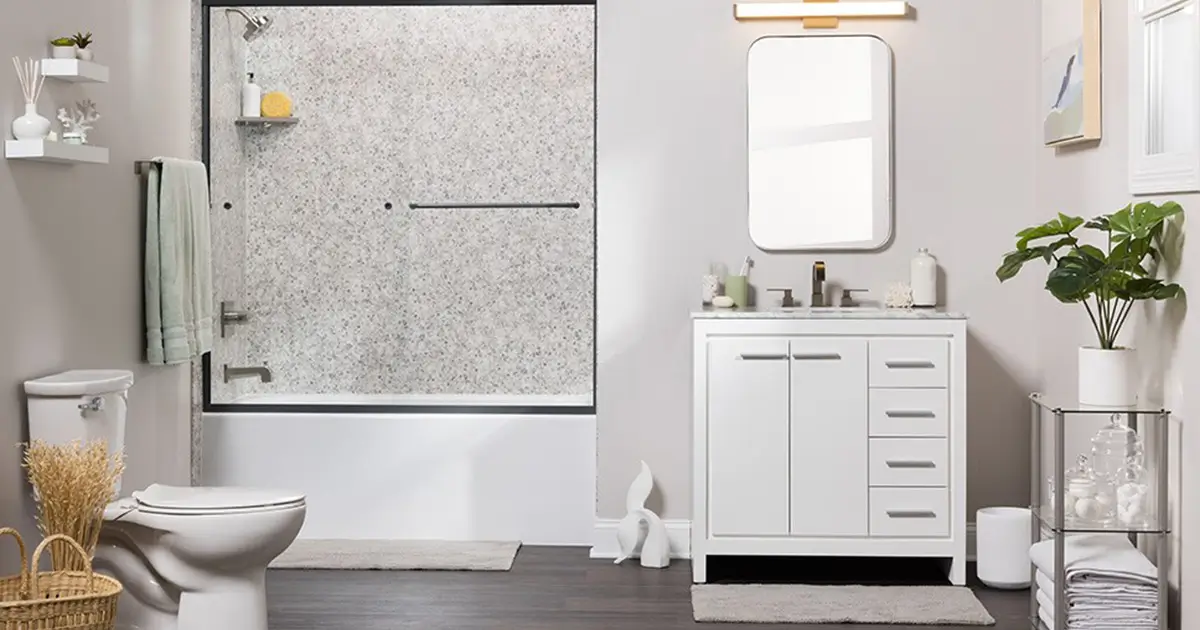
What is the Best Time of Year to Remodel a Bathroom?
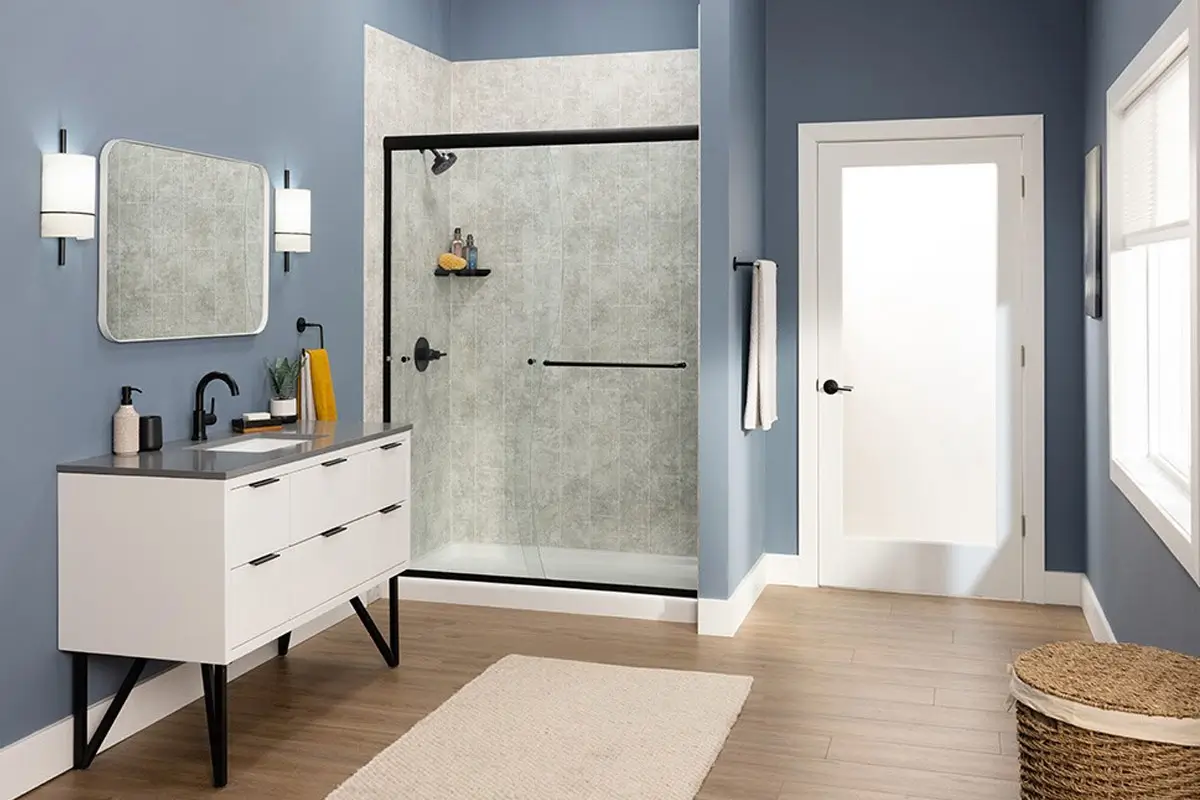
Do’s and Don’ts of a Bathroom Remodel
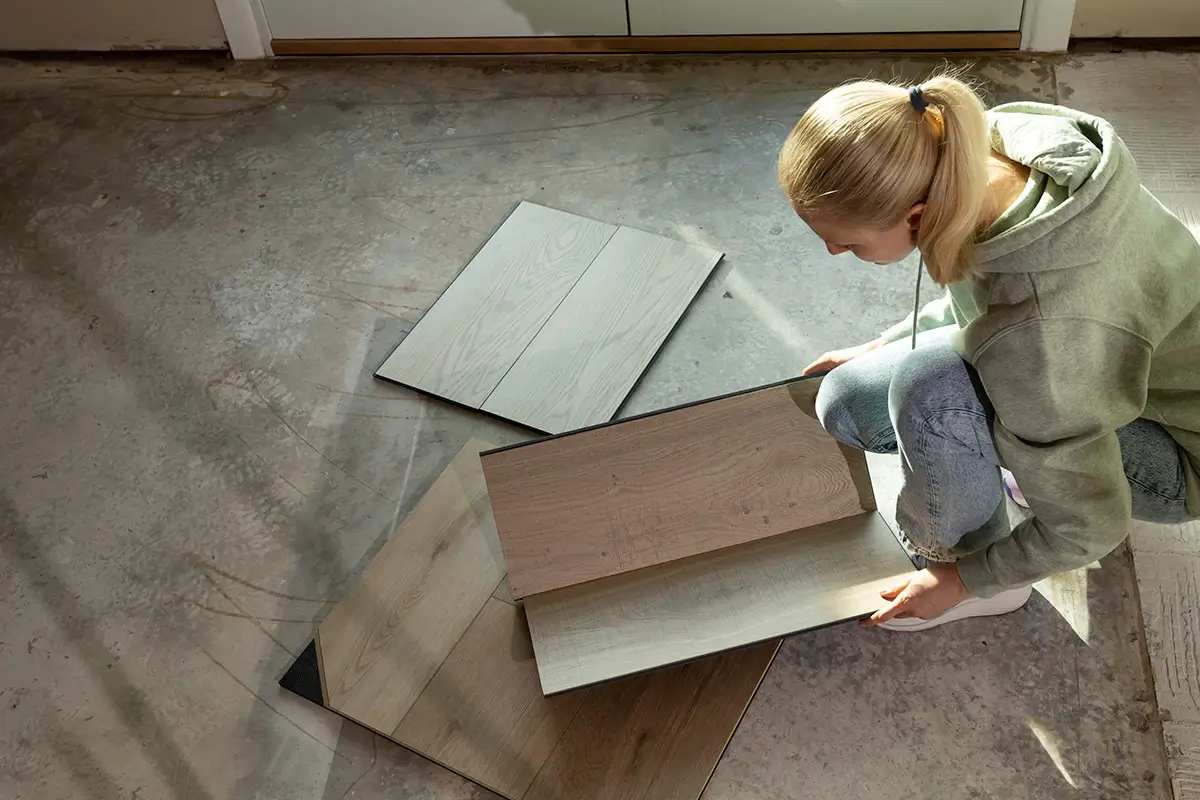
The Pros and Cons of Waterproof Vinyl Plank Flooring for Your Bathroom Remodel
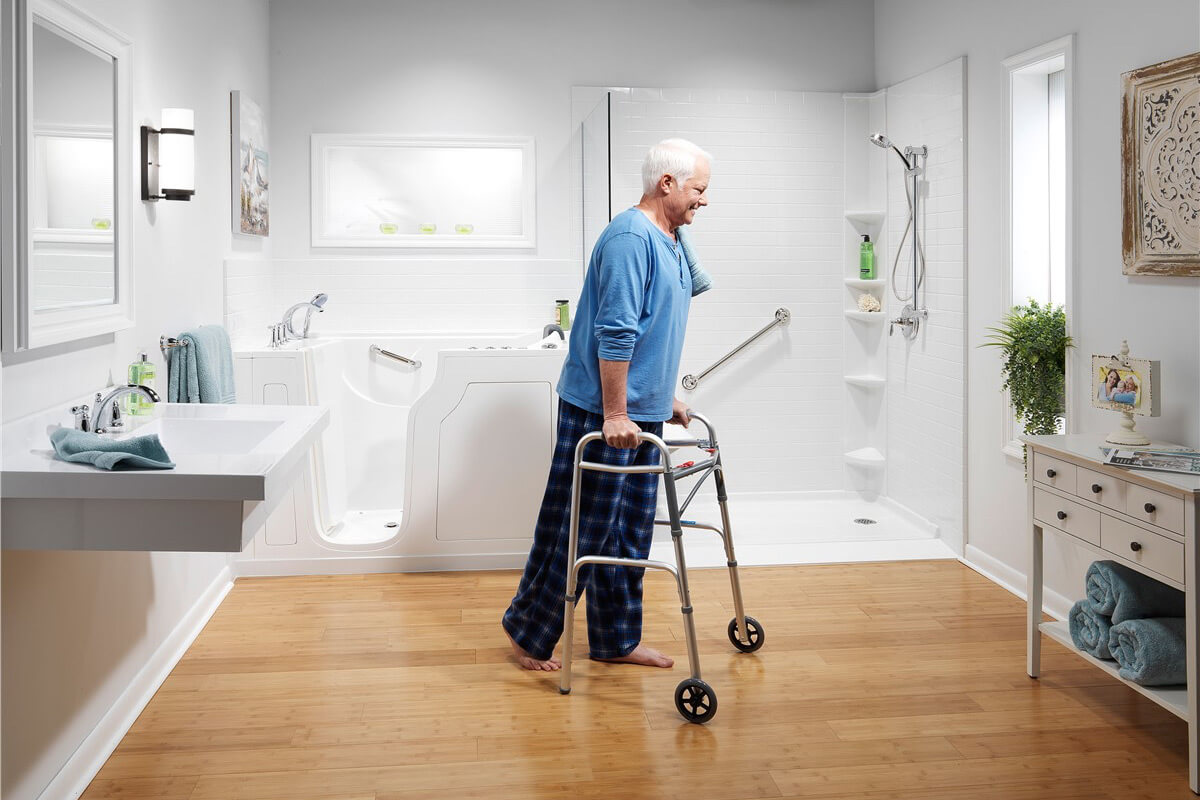
What Are the Pros and Cons of a Wet Room?
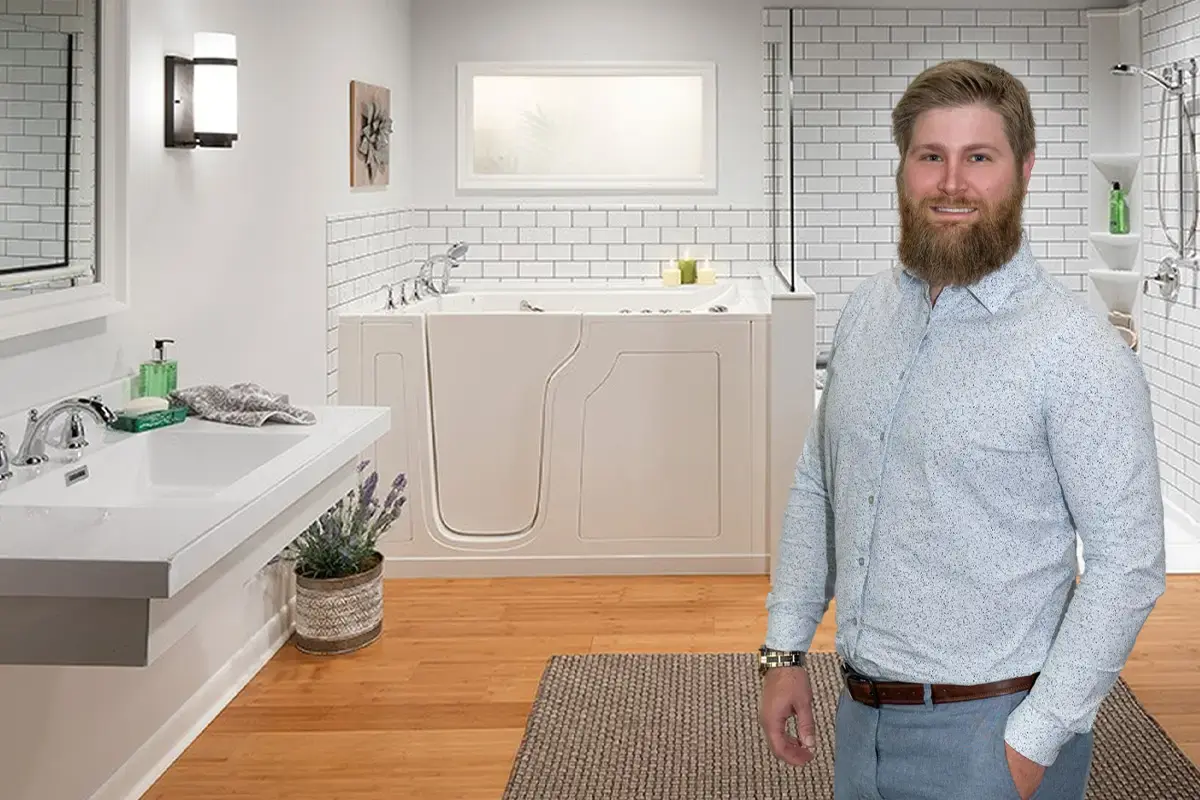
Shower Doors vs. Shower Curtains: Which is Right for You?
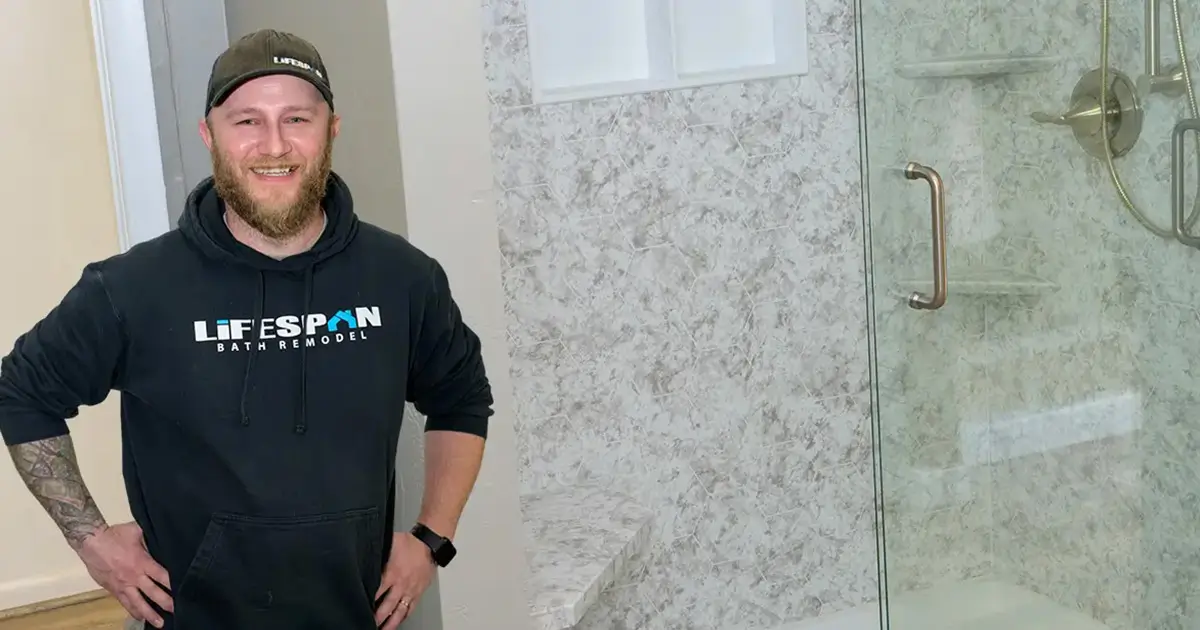
How to Make Your New Bathroom Easy to Clean by Design
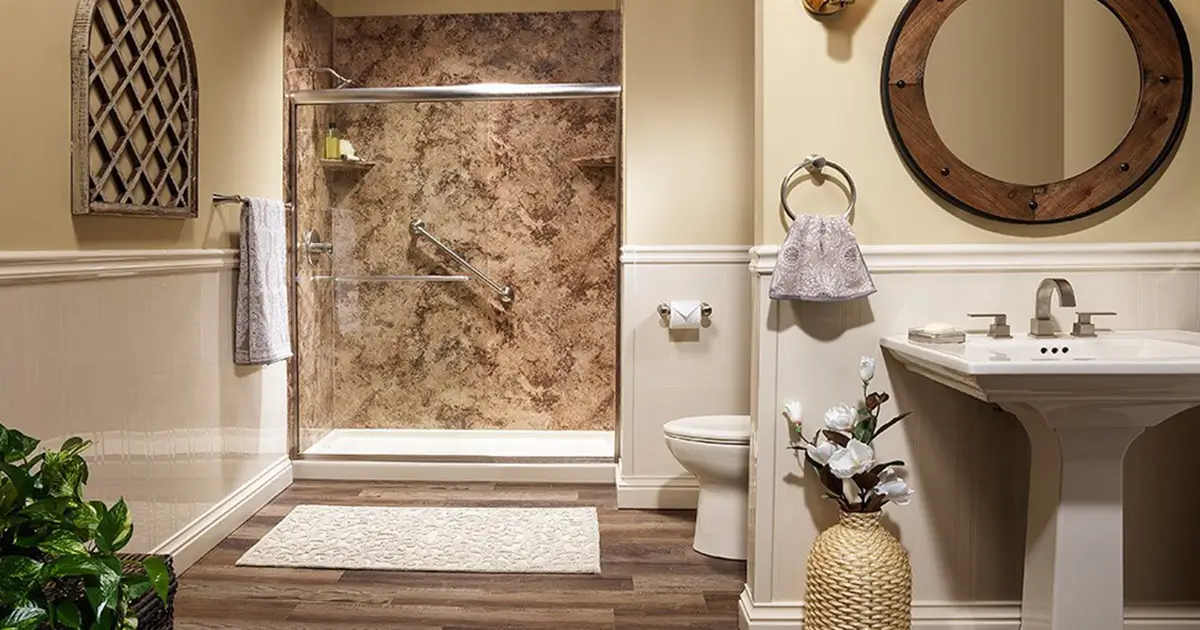
Bathroom Remodeling Tips for Aging in Place: Practical Tips
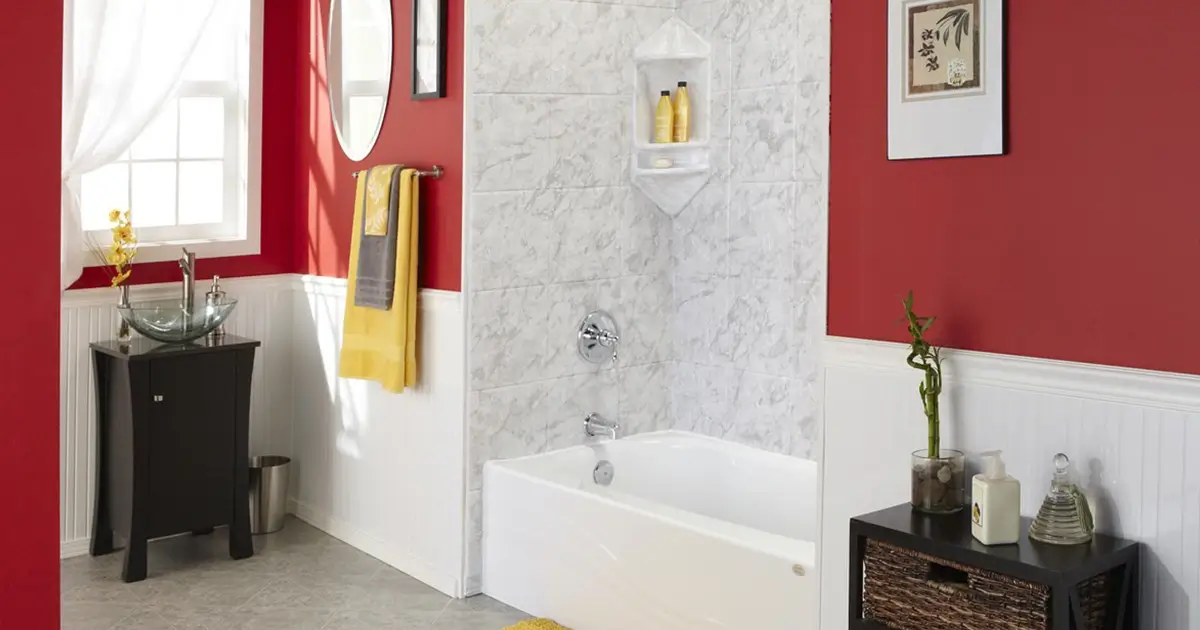
15 Tips for Incorporating Storage in Modern Bathroom Designs
Related Posts
What is the Best Time of Year to Remodel a Bathroom?
You’ve finally had it with the outdated tile, the leaky faucet, and the lack of storage. It’s time for a bathroom upgrade. Good...
Do’s and Don’ts of a Bathroom Remodel
Bathrooms might be small, but they’re tricky to nail down. You’ve got tiles, faucets, tubs, and more—all needing to fit just right. Then...
The Pros and Cons of Waterproof Vinyl Plank Flooring for Your Bathroom Remodel
A bathroom remodel is your chance to refresh a space that gets plenty of use. Because it’s a high-moisture environment, many people become...
